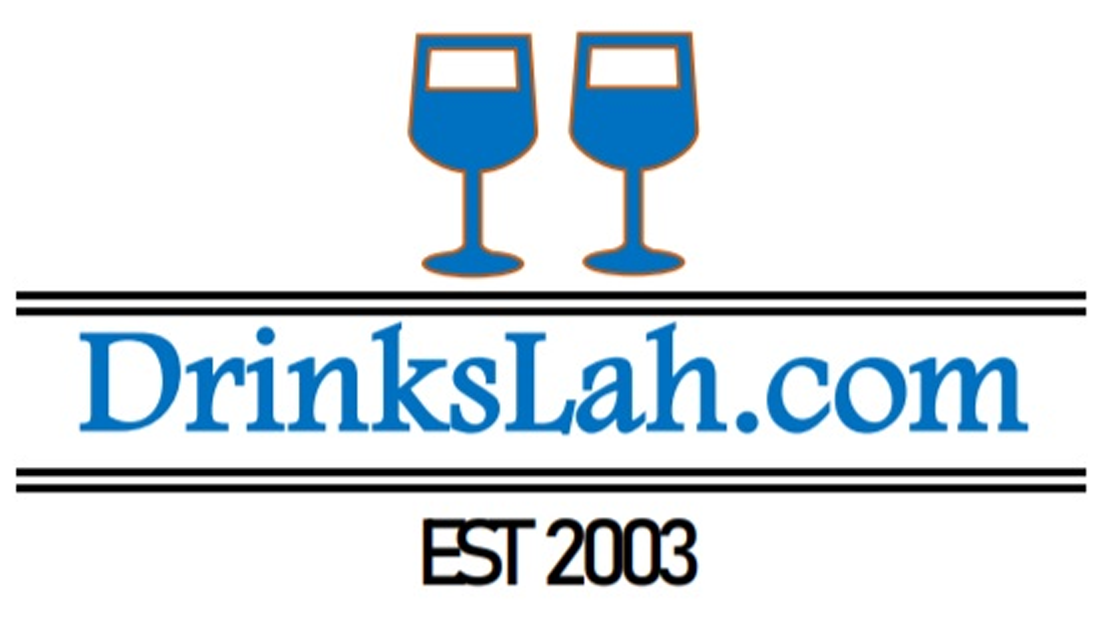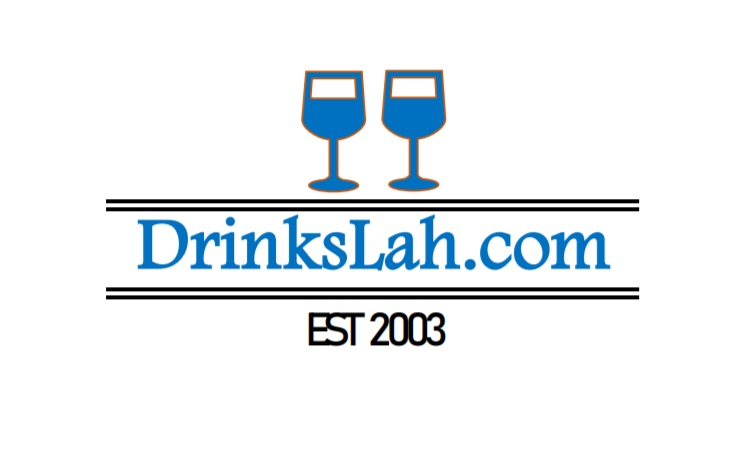Image optimization is the process of reducing the file size of your images without sacrificing quality, while additionally improving other elements corresponding to file format, naming, and alt attributes. It plays a vital position in website performance, consumer expertise, and search engine rankings. As websites develop into increasingly visual, understanding easy methods to properly optimize images is more important than ever for businesses, bloggers, and developers alike.
What Is Image Optimization?
At its core, image optimization is the practice of delivering high-quality images in the proper format, dimensions, resolution, and file dimension to improve website speed and performance. It includes compressing images, choosing the appropriate file types (reminiscent of JPEG, PNG, or WebP), and incorporating SEO-friendly metadata like descriptive filenames and alt text.
Properly optimized images load faster, take up less bandwidth, and maintain visual quality. They’re also simpler for search engines to crawl, which can improve a site’s visibility in image search results and total website positioning rankings.
Why Image Optimization Issues
1. Faster Website Load Instances
Giant, uncompressed images are among the many biggest culprits of slow-loading websites. A slow site can frustrate visitors and lead to higher bounce rates. Google and different serps use page load speed as a ranking factor, that means slow pages could appear lower in search results. Optimized images reduce load time and contribute to better total site performance.
2. Improved Person Expertise
Visitors count on websites to load quickly and display content smoothly. Optimized images enhance user expertise by guaranteeing faster load instances and clearer visuals, especially on mobile devices where screen measurement and internet speed can vary. A seamless browsing experience can keep customers engaged longer and enhance the possibilities of conversions or sales.
3. Better search engine marketing Performance
Search engines like google like Google not only index text but also consider how well images are optimized. Descriptive filenames, alt text, and captions help serps understand what your image represents. This improves your possibilities of showing in Google Images and boosts your site’s relevance in search results. Alt attributes additionally improve accessibility for users with visual impairments, making your website more inclusive.
4. Reduced Bandwidth and Storage Costs
By compressing images and selecting the best formats, websites can save significant amounts of server bandwidth and storage. This is very important for large sites with hundreds or thousands of images. Optimized images reduce the demand on servers and may cut down on hosting costs, particularly for sites with high traffic.
5. Enhanced Mobile Performance
With mobile visitors now surpassing desktop usage, optimizing images for mobile is not any longer optional. Smaller file sizes guarantee quicker loading on mobile networks, while responsive image strategies help deliver appropriately sized visuals depending on the device. This leads to better performance and consumer satisfaction on smartphones and tablets.
Best Practices for Image Optimization
Use the Right Format: JPEG is right for photos, PNG for transparency, SVG for logos and icons, and WebP for modern, efficient compression.
Compress Images: Tools like TinyPNG, ImageOptim, or built-in CMS plugins assist reduce file measurement while sustaining quality.
Resize Images: Keep away from utilizing outsized images which are then scaled down in HTML or CSS. Instead, upload images at the actual dimension needed.
Add Descriptive Alt Text: Embody related keywords naturally to assist serps understand your content material and improve accessibility.
Rename Image Files: Instead of utilizing generic names like “IMG1234.jpg,” use descriptive names like “blue-running-shoes.jpg.”
Use Lazy Loading: This technique delays the loading of off-screen images until a consumer scrolls near them, improving initial page load speed.
Final Word
Image optimization is more than just reducing file sizes. It’s a strategic approach to improving site speed, enhancing user experience, reducing costs, and zkreciul01 rising website positioning visibility. Whether you run an internet store, blog, or corporate site, investing time in optimizing your images pays off in faster load occasions, better rankings, and happier visitors.


